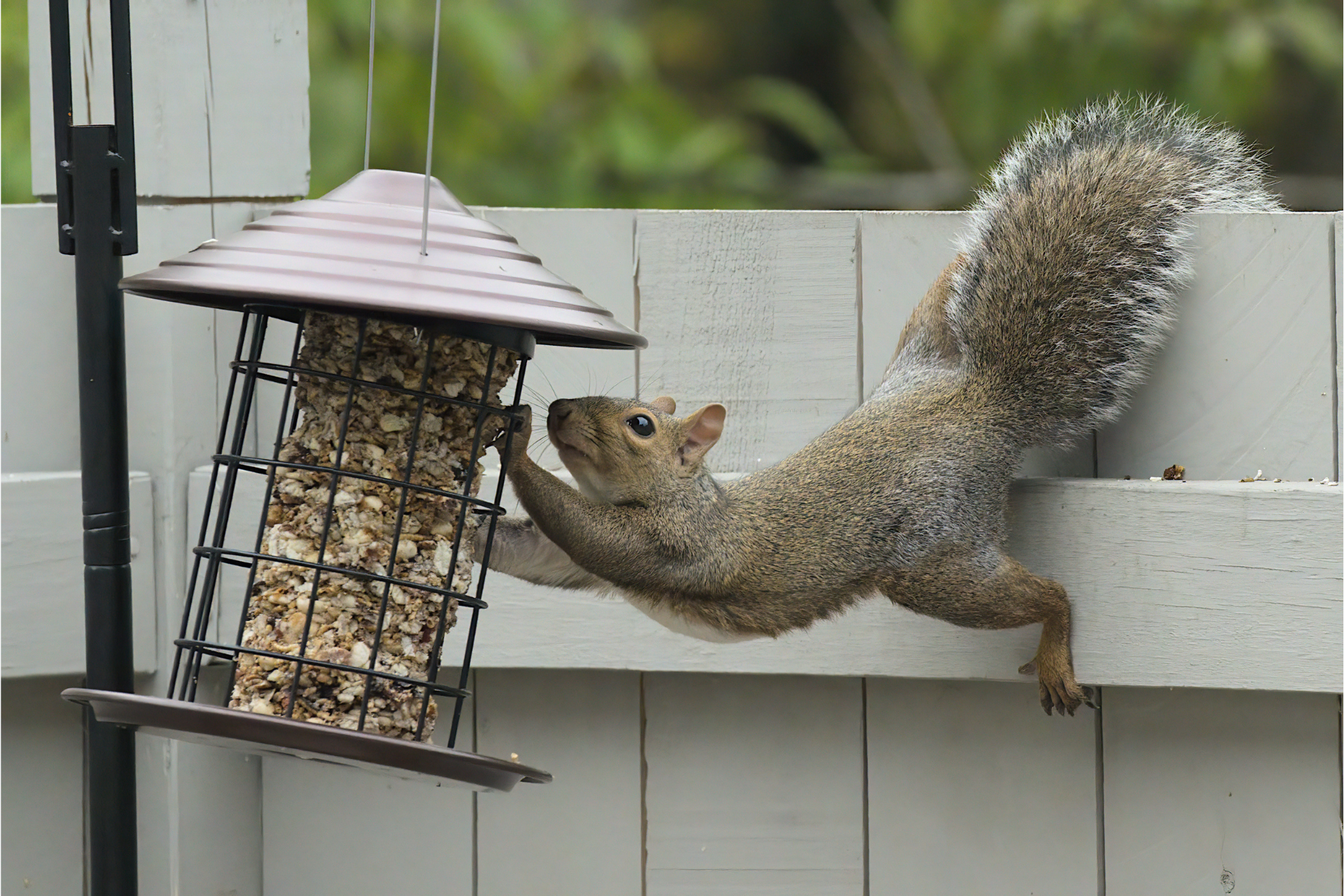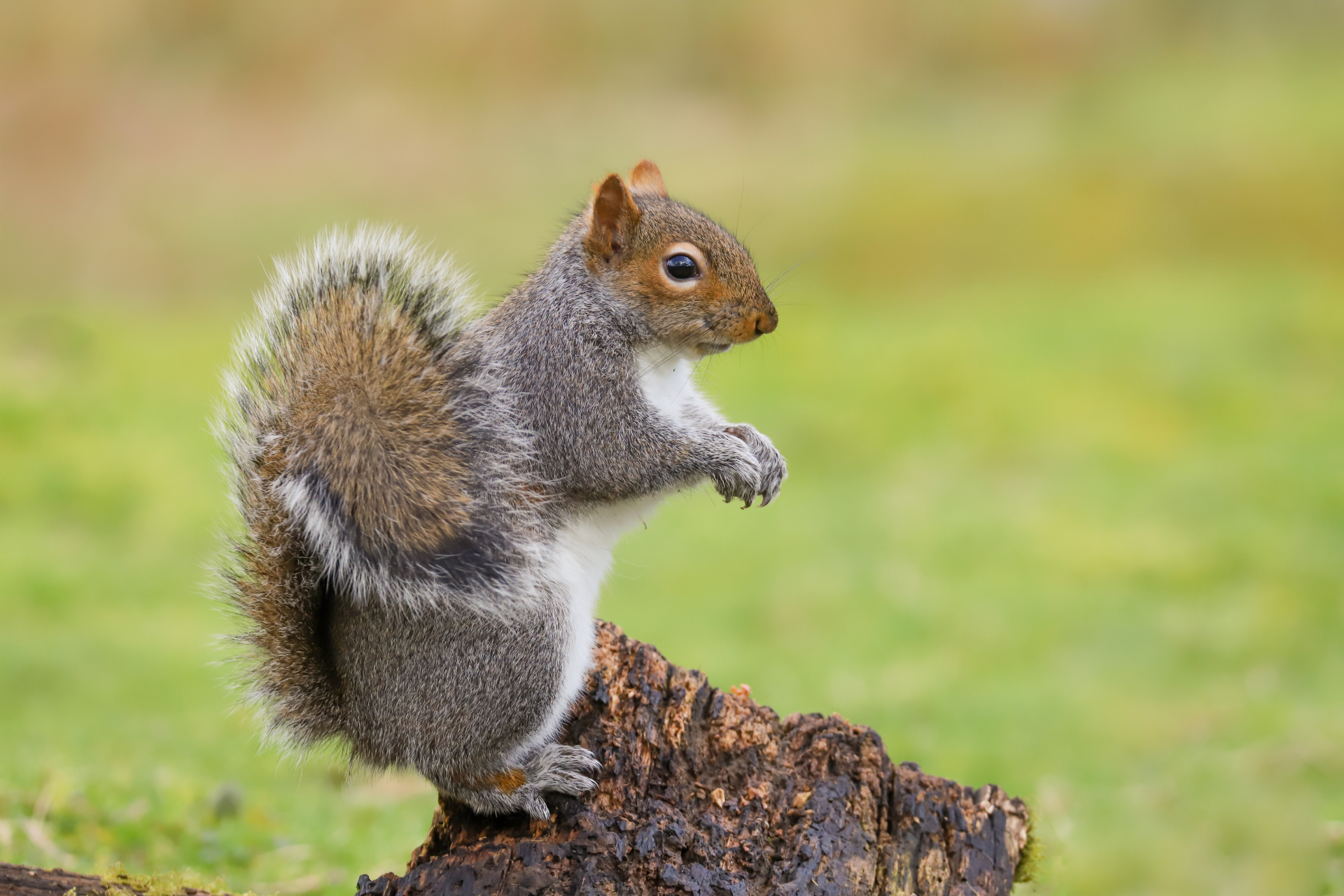Insight Into Wildlife Conduct For Home Defense
Understanding Animal Behavior to Protect Your Home
Have you ever heard skittering in the attic? Or noticed gnaw marks on your home's siding? Many of us are all too familiar with unwanted wildlife visitors. Raccoons, squirrels, birds, and other creatures can cause problems at home – from property damage and contamination to health risks and sleepless nights. But why do animals invade, and how can we humanely keep them away? The answer lies in understanding their behavior.
The Science Of Understanding
It all boils down to survival and instinct. Animals, like all creatures, have a few basic needs: food, water, and shelter. Unfortunately, our homes often provide all three. Those cozy attic spaces? Perfect for raising a family. Leftover food in the trash or pantry? A tempting buffet. And those vents or gaps in the roof? They look like ideal entry points to an animal seeking shelter from the elements. When their paths cross into human territories, it creates a conflict between their natural habits and our need for secure living spaces. The key to resolving this conflict lies in understanding the specific behaviors and psychological triggers of different species.
Think about it this way: If we know a particular critter is nocturnal, we might focus our exclusion efforts around dusk. If we understand what materials a certain animal is prone to gnawing through, we can use more resistant options for repairs and sealing entry points. By thinking like the animals we're trying to deter, we get one step ahead.
Raccoons, with their distinctive masks, are not just curious; they're clever and versatile, driven by a relentless pursuit of food. These nocturnal creatures are skilled climbers and can easily navigate their way into seemingly inaccessible areas in search of sustenance. To deter these "masked bandits," the initial step is a comprehensive examination of your property to identify and eliminate sources of attraction, such as pet food left outdoors or garbage cans that aren't securely closed.
Squirrels, with their incessant gnawing and impressive agility, pose a unique challenge to homeowners. Their strong teeth are capable of causing significant damage as they create nesting spaces within the structure of homes. A practical and straightforward strategy to prevent squirrels from accessing your home is to trim any tree branches that overhang your roof, cutting off their aerial pathways.
Birds, with their diverse species, bring a variety of challenges to homeowners. From the persistent ones attempting to build nests in the eaves of houses to those that wreak havoc in gardens, each species requires a tailored approach to deterrence. Employing physical barriers like netting can prevent birds from accessing specific areas.
How Animals Adapt
The interplay between wildlife and urban environments reveals the remarkable adaptability and intelligence of animals navigating human-dominated landscapes. One of the most intriguing examples of this is the raccoon, whose dexterity and problem-solving skills allow it to open complex locks, navigate through garbage bins, and even unlatch secure containers. This behavior underscores not just the physical capabilities of raccoons but also their cognitive flexibility, as they learn and remember solutions to problems, demonstrating a level of intelligence that often surprises humans.
Beyond raccoons, urban wildlife exhibits a range of fascinating behaviors that showcase their ability to adapt to the challenges of living in close proximity to humans. For instance, urban foxes have altered their diet and foraging habits to thrive in cities, where they navigate the streets with ease, often seen scavenging food late at night. These foxes exhibit a level of boldness and adaptability, indicating a significant shift from their traditionally cautious and elusive nature.
Birds, too, display remarkable adaptability in urban settings. Crows, known for their intelligence, have been observed using traffic to crack nuts by dropping them on roads and waiting for cars to run over them. This ingenious method of food processing highlights their ability to understand and utilize their surroundings to their advantage.
Urban coyotes have adapted their hunting and social behaviors to coexist with humans. They have become more nocturnal to avoid human interaction, demonstrating a flexibility in behavior that allows them to remain elusive and efficient predators in environments far removed from their natural habitats.
The Art Of Exclusion
Effective wildlife control is not about mere removal but preventing the issue at its root. By studying animal behavior, we learn the attractions that our homes unknowingly offer. For instance, easy access to food sources, like unsecured trash bins or pet food left outside, can lure a variety of animals. Small openings in our homes, comforting warmth, and undisturbed nooks provide perfect nesting spots. Recognizing these attractions and addressing them with tailored solutions is the essence of lasting wildlife control.
Agricole Wildlife Solutions is a professional wildlife removal company specializing in the prompt, efficient, and effective removal of unwanted animals from residential and commercial properties. Our team is highly skilled in addressing a wide range of wildlife issues, ensuring that your property is free from the intrusion of animals that can cause damage or pose health risks.
We understand the urgency and sensitivity of wildlife removal, which is why we employ methods designed to swiftly resolve your wildlife problems. From raccoons rummaging through your trash to squirrels nesting in your attic, our experts are equipped to handle any situation with the utmost professionalism. we don't just remove the immediate problem; we also provide solutions to prevent future wildlife intrusions, including sealing potential entry points and advising on property modifications to deter animals.
Don't wait for wildlife issues to escalate, resulting in more damage or complex removal processes.
Contact us today for a prompt, effective solution to your wildlife problems. Let us take care of the issue so you can enjoy peace of mind knowing your property is protected.
All Rights Reserved | Agricole Wildlife Solutions




